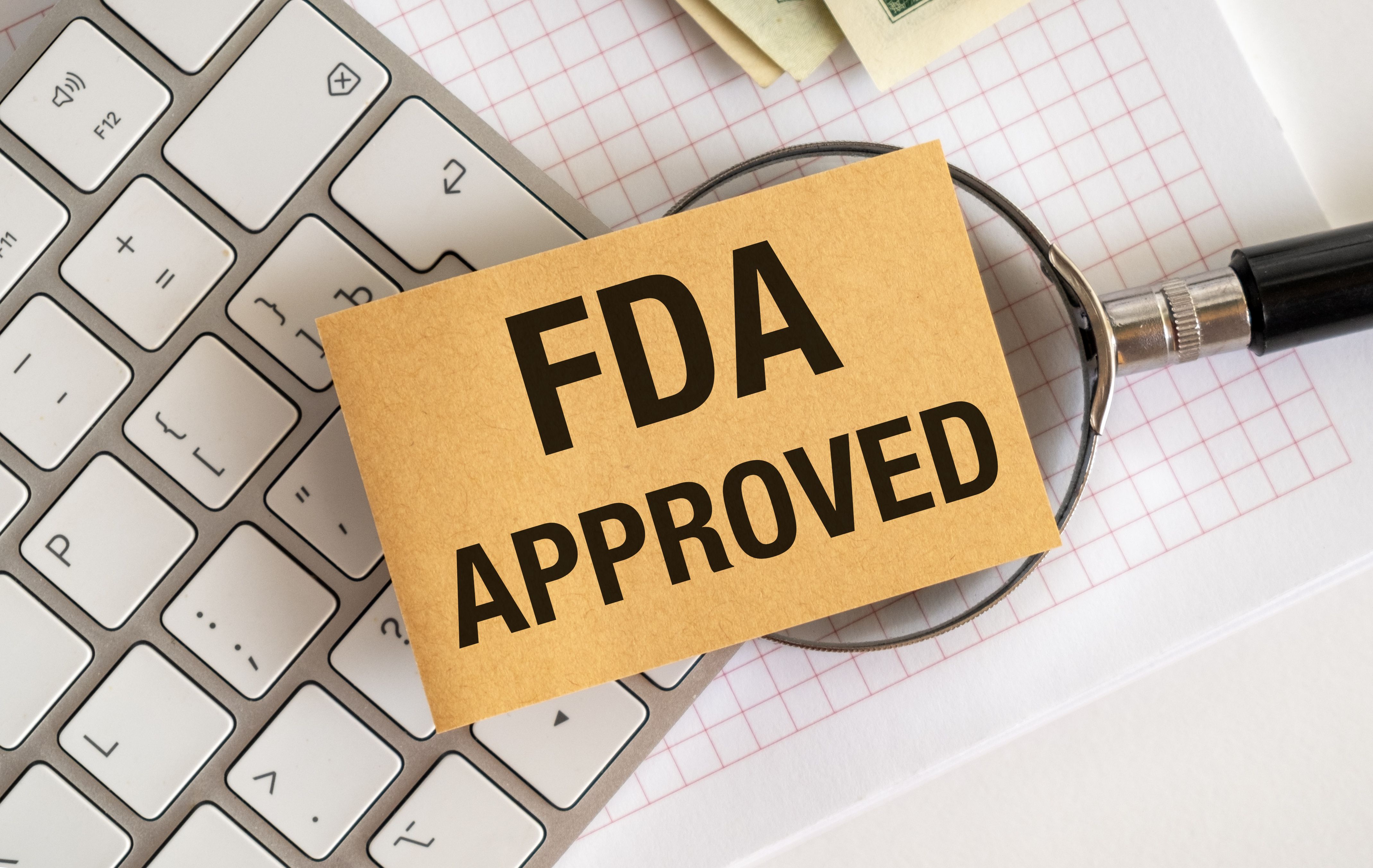Video
Medically Integrated Pharmacy Teams Spur Innovations
Joyce O’Shaughnessy, MD: That’s where innovation is going. I like what you were saying before. The CDK4/6 [cyclin-dependent kinases 4 and 6] inhibitors can bridge patients for a long time, and sometimes open up other options for them down the road. They would have improved their health and their organ functions to the point where they can get additional therapies. How do you think about innovation with the medically integrated pharmacy team?
Michael Reff, RPh, MBA: My hope is that all of the stakeholders involved in oncology therapy for a patient—payers, practices, pharmaceutical partners, the pharmacy benefit network, specialty pharmacy—recognize the importance that this innovation provides and make sure that we establish, dare I say a business model, that’s sustainable for this innovation. This innovation has led to CDK4/6 inhibitors, as an example, to help give hope to patients who, a few years ago, had no other options, or had limited options. We have to work together, I believe, to keep that spirit of innovation alive—not just the spirit but the environment—so that these options will continue to be available for our patients.
Joyce O’Shaughnessy, MD: I just thought about an example. This may not even happen or be possible without the medically integrated pharmacy. With the CDK4/6 inhibitors we don’t have to select patients really outside of the ER [estrogen receptor]-positive, HER2 [human epidermal growth factor receptor 2]-negative space. I mean, obviously we look at other health issues. But think about all of the next-generation sequencing that’s being done, and ctDNA [circulating tumor DNA], and the PIK3CA mutations, for example. That may be in the EMR [electronic medical record], but it may have been information that was gained a year ago that isn’t available now. Now we have a new agent, right? Or we know about the NTRK [neurotrophic receptor tyrosine kinase] inhibitors, etc. We had this information there. That’s lost unless somebody has a methodology to be looking for this.
Michael Reff, RPh, MBA: I’m really glad that you brought this example up. The positive quality intervention (PQI) really has 3 legs to the stool. The first 2 legs are communication and education, and I believe we covered those topics pretty well. But the third component of the positive quality intervention standard is data. We talk about educating our practices to go into the pathology reports, to your point, to go back and look and see. This patient was eligible for this and has been doing well. They may run out of options, especially if they’re in the metastatic setting. Now there’s something that can help bridge them yet again, and it takes somebody with some initiative and some education to identify other patients. And so, NCODA [National Community Oncology Dispensing Association] has partnered with some stakeholders to do some PQI data aggregate studies to demonstrate how well these PQIs are positively impacting patient care.
Joyce O’Shaughnessy, MD: That’s incredible. The NCCN [National Comprehensive Cancer Network] has said that all [patients with] HER2-negative metastatic breast cancer should undergo germline BRCA1/2 testing to see if they’re eligible for a PARP [poly (ADP) ribose polymerase] inhibitor. That should happen, so that’s one thing. But if it hasn’t happened, those are important options for patients. The other is, if you find a BRCA1 or BRCA2 somatic mutation, you need to do a germline test for that patient. First of all, this is helpful for their family. But also, there may be a PARP inhibitor available. If that isn’t systemically tracked, then we’re not going to be delivering optimal care for people, right?
Michael Reff, RPh, MBA: Exactly. Just speaking from a pharmacy perspective, if we’re there just to fill prescriptions and are not taking that extra effort or step to identify additional opportunities, we’re not taking full advantage of the resources in front of us. At the practice, we have the electronic medical records that we talked about.
Our pharmaceutical partners are constantly asking me, “Well, how can we help you help patients?” One way that I see them continuing to support the medically integrated pharmacy team is through education. [For example,] help us to understand these opportunities so that we have the knowledge to share best practices in a practice in 1 city that is doing their review on this and found certain mutations and was able to affect better positive change, or put a patient on a clinical trial because they had the opportunity to look for something that they may not have been aware of before.
Joyce O’Shaughnessy, MD: Yes. The whole research aspect of this…there’s a tsunami of information. Increasingly, it’s going to require the expertise of a team. There needs to be a team around information and tracking and optimizing…. It’s really interesting to think about this. We all value our pharmacists. We really do. They keep us and our patients out of a heap of trouble. It’s going to be about optimizing treatment going forward, increasingly, in these complex times. These are very exciting times.
Michael Reff, RPh, MBA: Yes, absolutely.
Joyce O’Shaughnessy, MD: It was so good to talk with you. Thank you for educating me….
Thank you so much for joining us. I have found this to be very interesting. I hope you have as well, and I hope it’s been useful and informative to you. Thank you.





